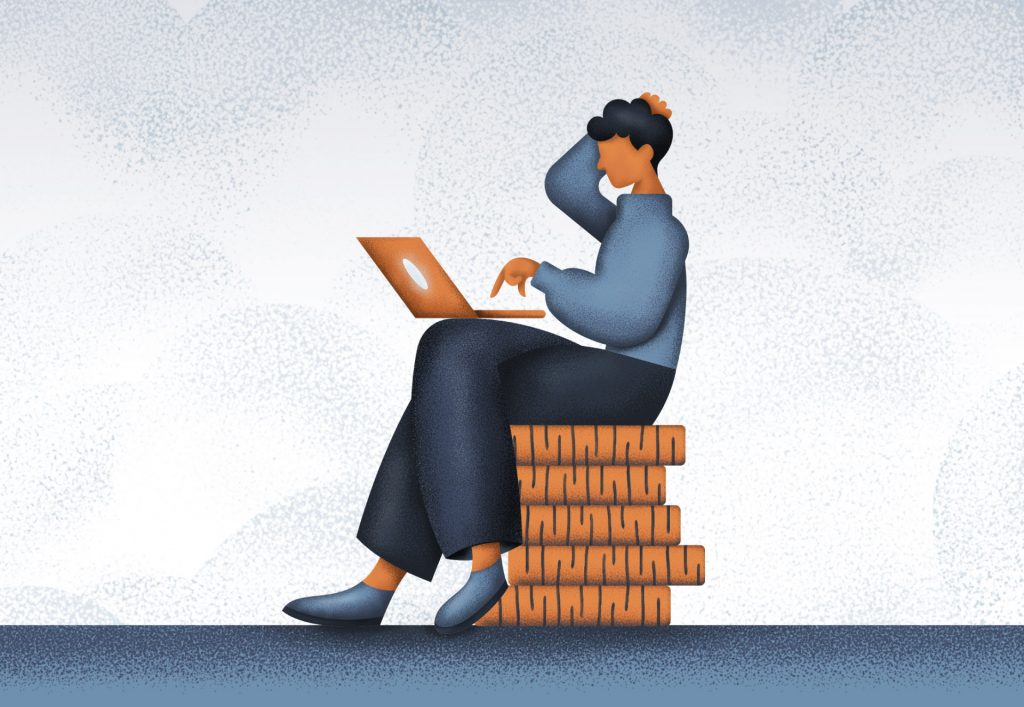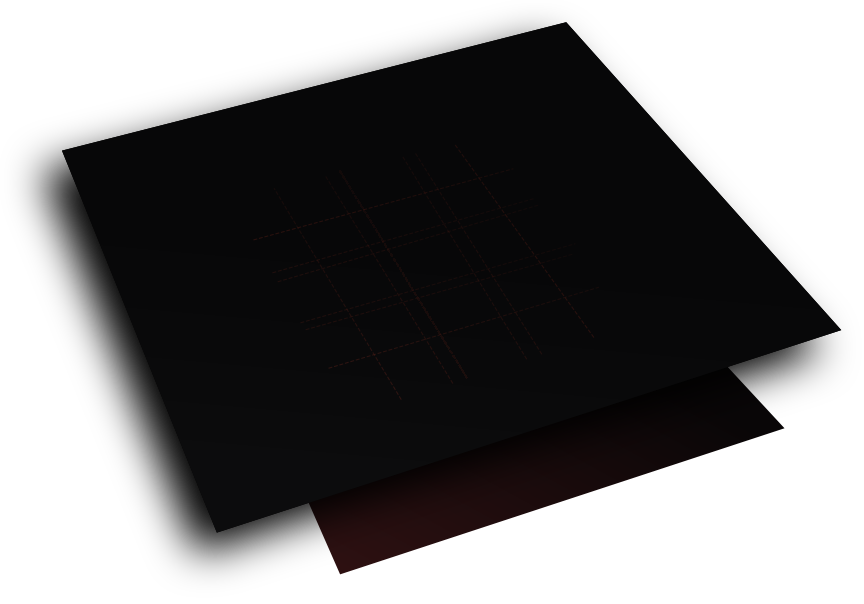Is your software losing you money?

01 INTRODUCTION
Let’s be real. Software isn’t cheap!
So when you do decide to invest in it, you want to make sure it will become an asset to your company, and not a liability.
Emphasizing the need for investing in the right software solutions, our aim is to guide businesses towards optimal software utilization and long-term growth.
In today’s fast-paced business world, software plays a crucial role in determining the success and efficiency of a company. But the question remains: is it an asset that boosts profits or a liability that drains resources? Before we dive into it, let’s determine the key factors that define software as an asset or a liability.
02 ASSET
Software as an asset
When software brings real value and contributes to the company’s financial success, it becomes a valuable asset. In these cases, businesses are willing to invest in software, continuously upgrade it to improve efficiency, and stay ahead of the competition.
Owning the software entirely gives companies the freedom to customize and develop it according to their evolving needs.
Upgradability is crucial, as it ensures the software remains relevant in the ever-changing business landscape.
Integration with other systems is also essential, facilitating seamless data flow and optimizing overall operations.
When software possesses these qualities, it becomes a strategic asset that drives success and profitability.

To sum up, a software as an asset has to have these characteristics:
- 100% ownership: in order to use it according to your wishes and needs
- Open for upgrades: they won’t cost you massive amounts of money
- Open for integration with other systems: enables automatization and business optimization
- Structured data: easily searchable data which allows more informed business decisions in the future
03 liability
Software as a liability
Software becomes a liability when it fails to generate expected returns and drains resources without tangible benefits.
If the software is unreliable, causing occasional disruptions and hindering efficiency, it becomes a barrier to operations.
User satisfaction is another critical factor. If employees find the software frustrating or difficult to navigate, it restricts their performance and decreases job satisfaction.
In these situations, businesses face a tough choice: should they continue investing in underperforming software or explore alternative solutions?
While software investments can be costly, it is often wiser to cut losses and seek a new solution that better aligns with business goals and user needs.

In short, you will recognize that your software is a liability if it:
- Works intermittently
- Is a source of employee dissatisfaction and frustration
- Leads to employees leaving the job
04 CASE STUDY
The case of Diners Club Website
The role of software in optimizing business operations cannot be overlooked.
One such example is the transformation of the Diners Club Croatia website, where the implementation of software revolutionized their day-to-day operations.
Prior to the website redesign, Diners Club Croatia faced the challenge of managing a complex blend of different technologies.
This mix of systems required extensive developer support, resulting in a significant drain on time and resources.
Recognizing the need for change, they embraced the elegant solution of WordPress, leveraging its versatile Gutenberg blocks.
This transition empowered the team to effortlessly create and manage content, even down to the minutest details.
With easy content management, Diners Club Croatia can effectively communicate with their customers while adhering to the brand’s design guidelines, ensuring consistency and accuracy in their messaging.
One of the key aspects of efficient website management lies in the synchronization of information with internal systems.
Diners Club Croatia simplified this process by implementing software that seamlessly synchronizes data with their internal systems with just a single click.
This synchronization ensures that the information presented on the website is always up to date, eliminating the need for manual updates and reducing the margin for error.
Additionally, the client can review and edit the information before publishing, ensuring accuracy and maintaining control over the content.
05 CONCLUSION OR BEGINNING
What next?
The transformation of the Diners Club Croatia website serves as a compelling example of how software can shift the balance from liability to asset.
By understanding the attributes that define software as one or the other, companies can make informed decisions about their software investments. Taking inspiration from the Diners Club Croatia website, we have seen how ownership, upgradability, integration, and user satisfaction are key determinants.
By investing strategically in software and partnering with reliable providers, businesses can unlock the power of software as an asset, optimize their operations, and gain a competitive edge in the market.
We are here to guide you every step of the way.


Subscribe to EnterWelt
All the advice you get while working with us. Now available in your inbox once per quarter.